Detailed Financial Ratio Analysis Report - [Company Name]
VerifiedAdded on 2023/01/19
|7
|1340
|56
Report
AI Summary
This report conducts a thorough ratio analysis of a company's financial performance, encompassing the years 2013 and 2014. The analysis includes the calculation and interpretation of key financial ratios such as the gross margin ratio, current ratio, debt ratio, receivables turnover ratio, and return on assets. The report evaluates the company's profitability, liquidity, and solvency, highlighting improvements and deteriorations in these areas. It discusses the limitations of ratio analysis and offers recommendations for enhancing financial stability and profitability, including the importance of accurate financial reporting and consideration of market trends. The report concludes that the company has performed well in 2014 compared to 2013, suggesting efficient management practices and provides insights to investors. It emphasizes the need for continued monitoring and strategic financial management to sustain and improve the company's financial health.
1 out of 7
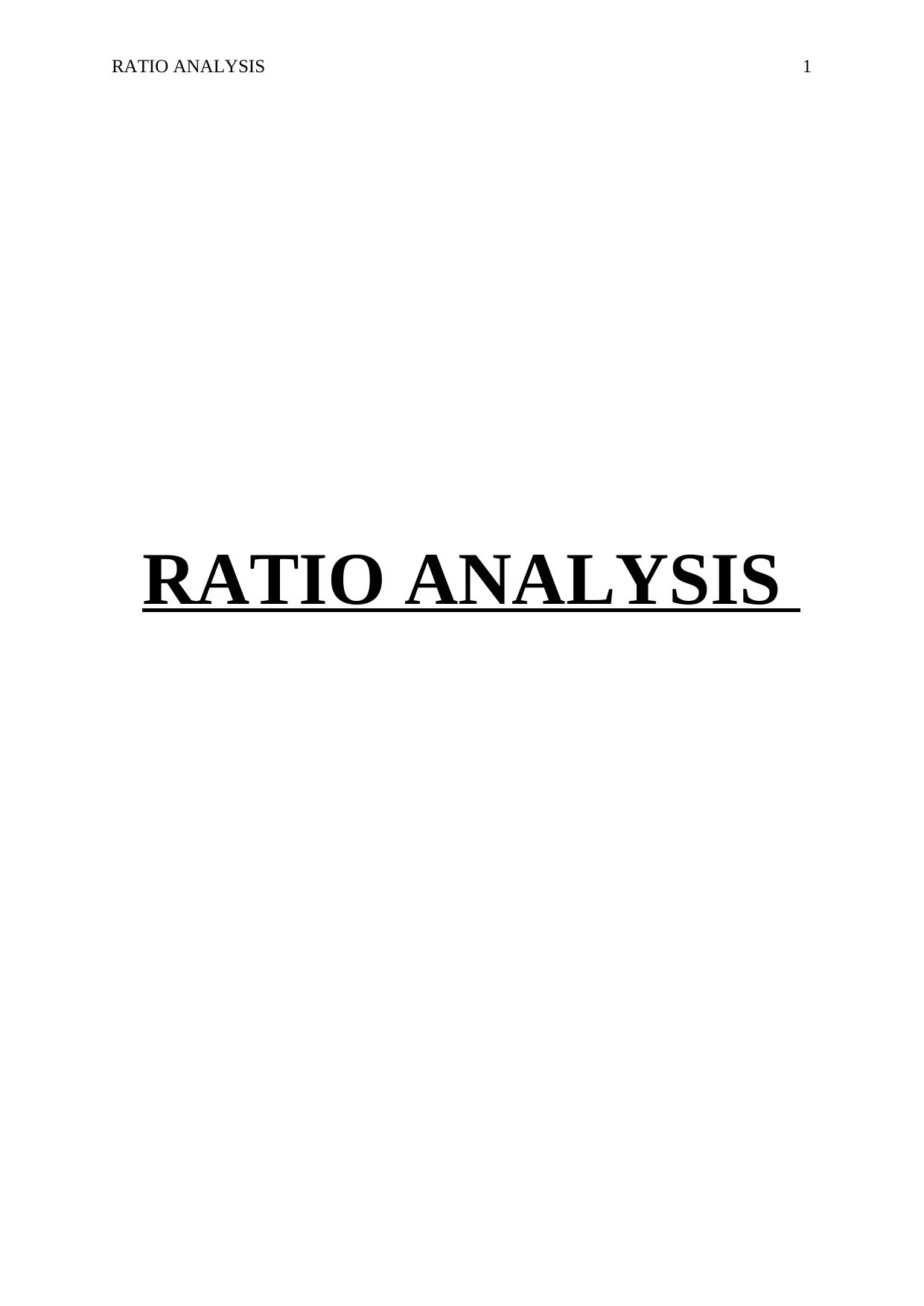
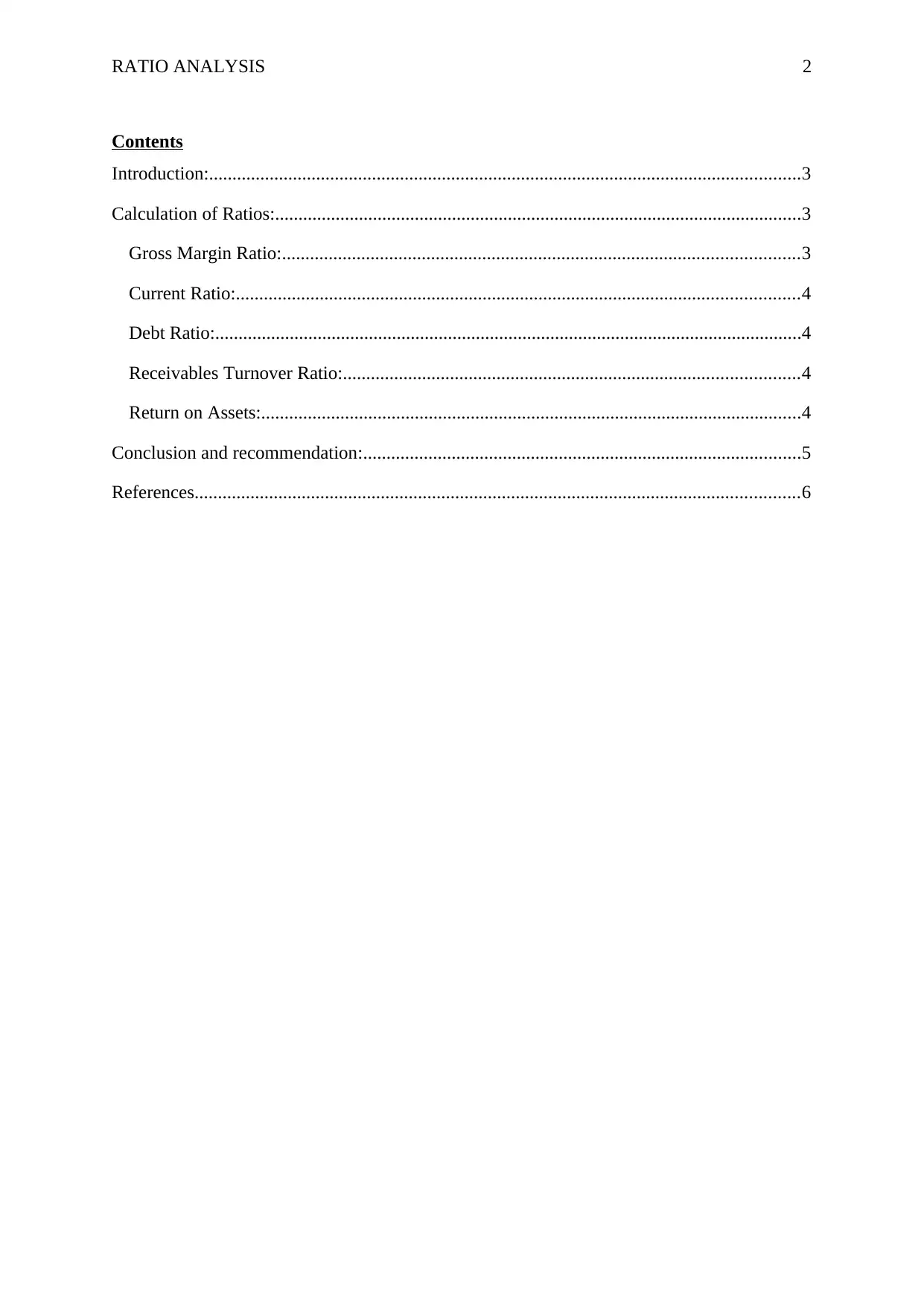

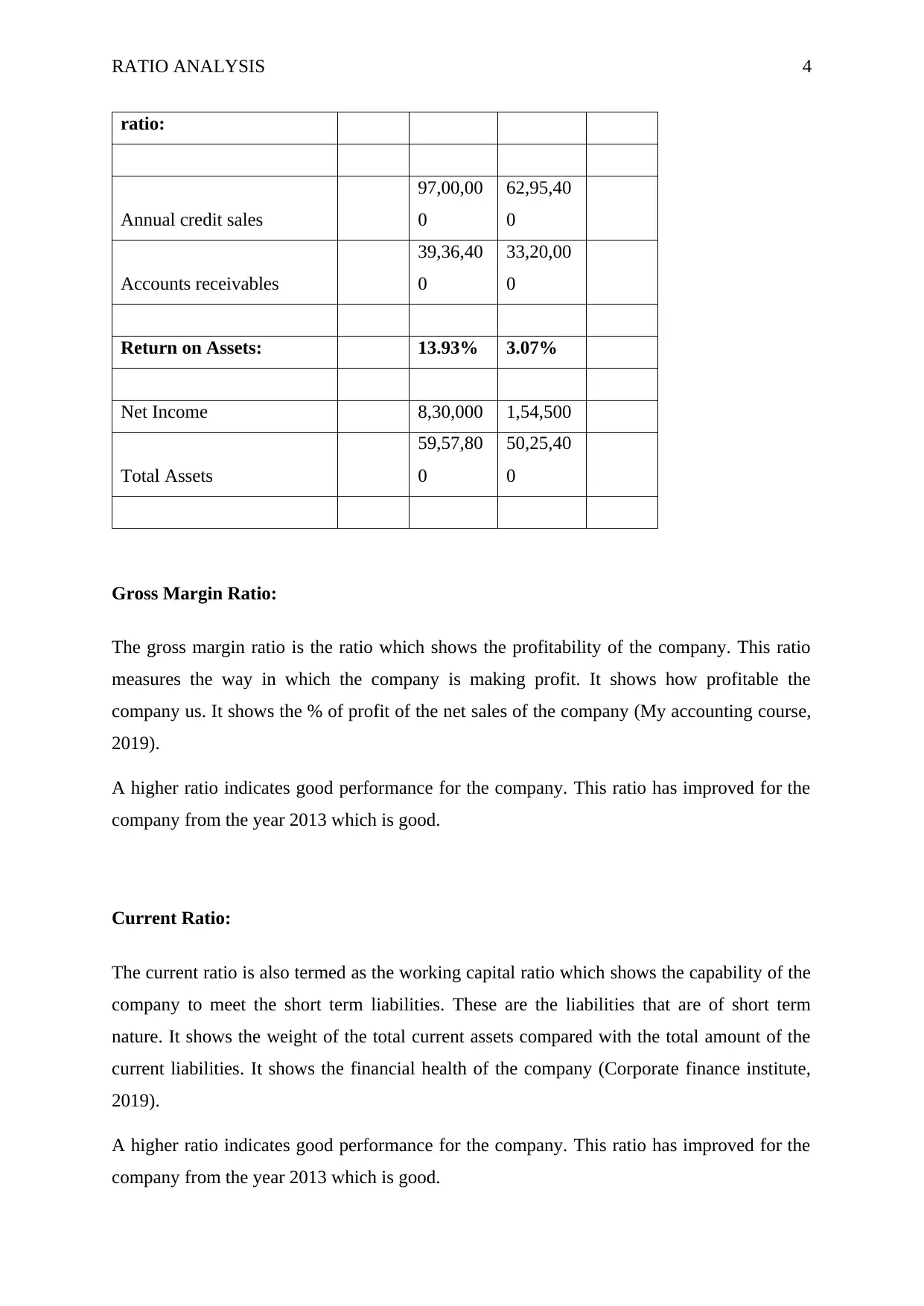
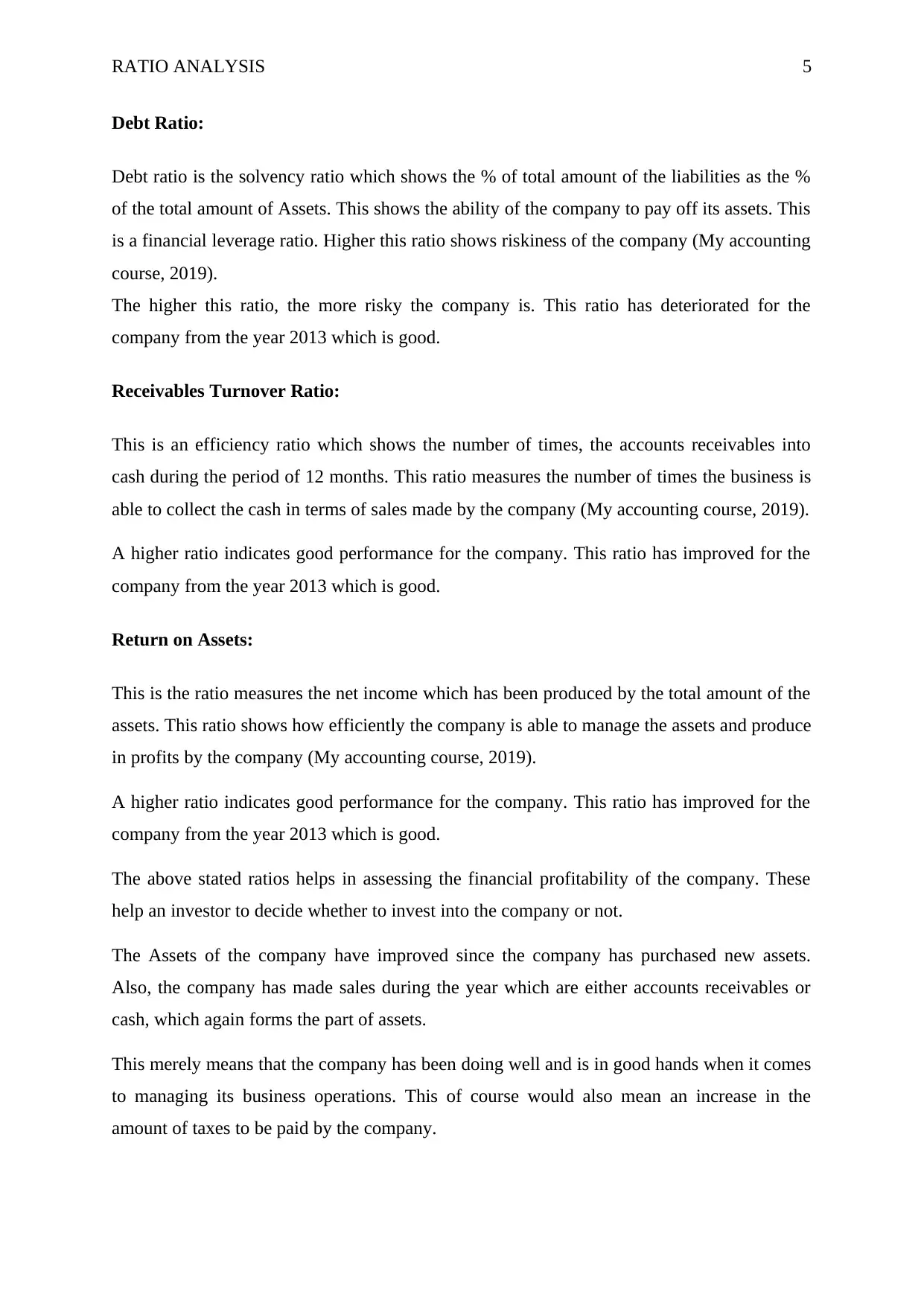
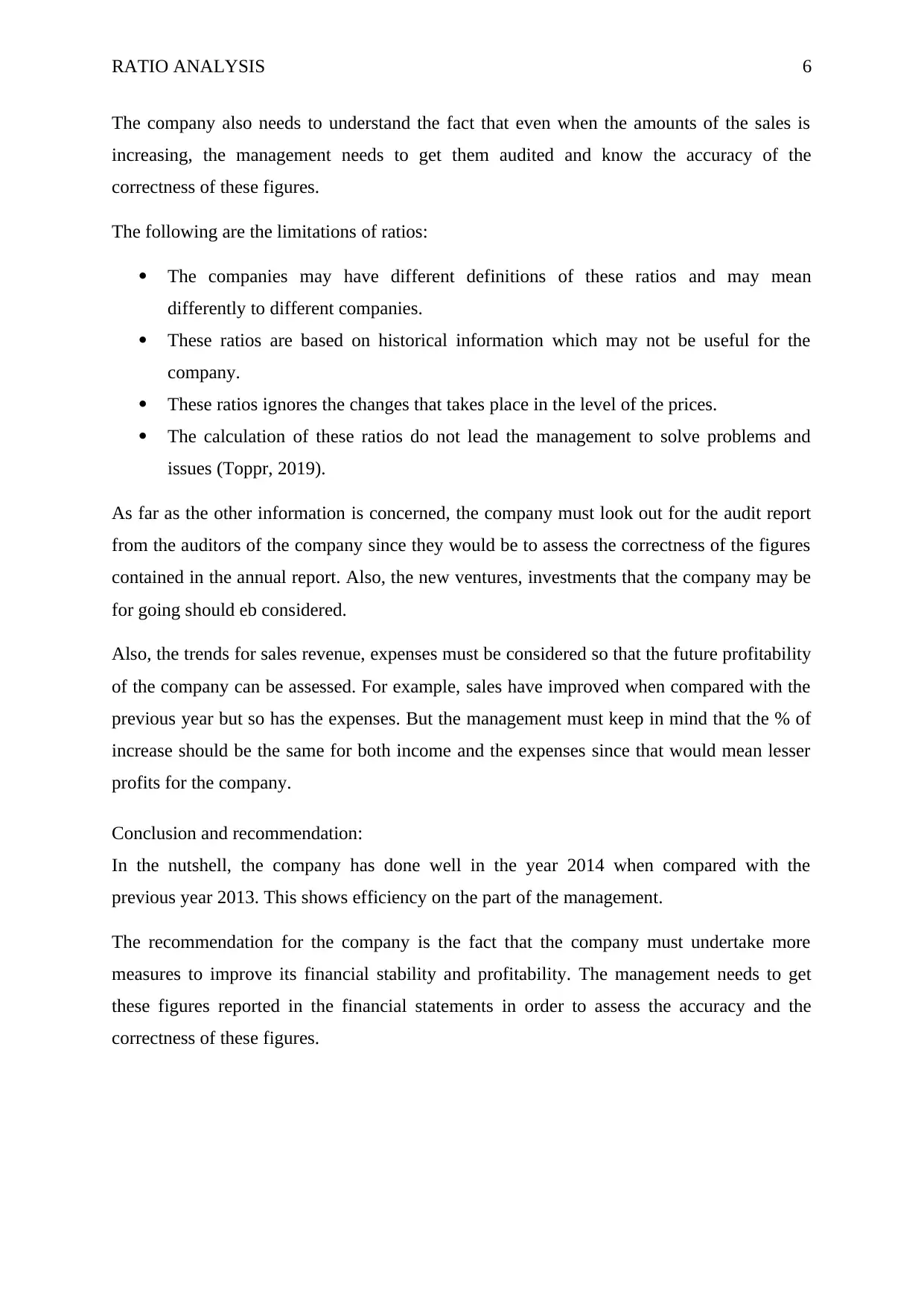
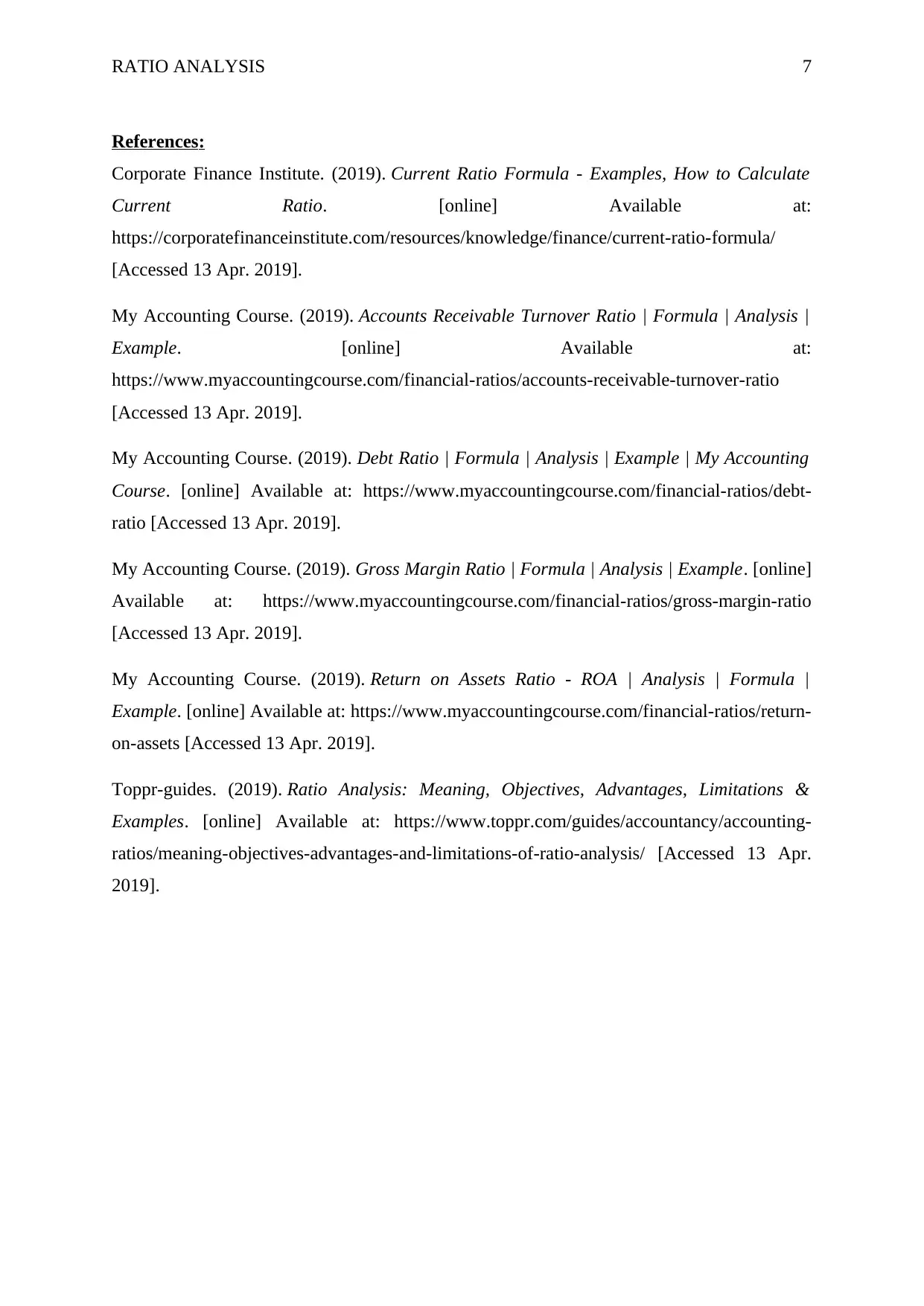






![[object Object]](/_next/static/media/star-bottom.7253800d.svg)